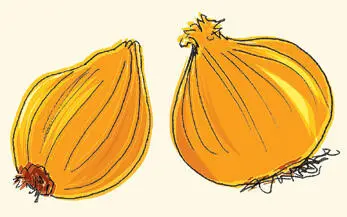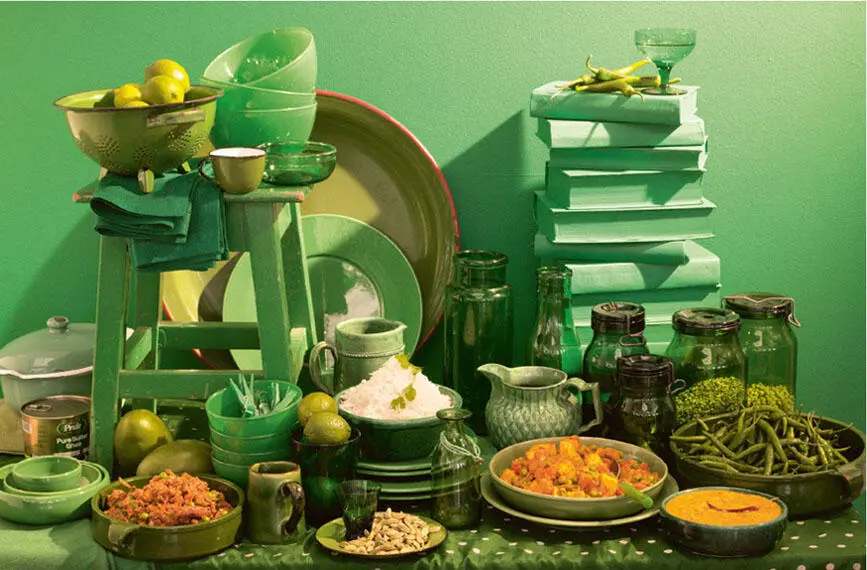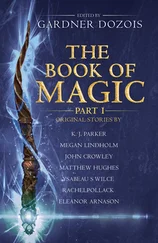Initially this meant giving each pan of food my undivided attention, a boring task that is broadly comparable to watching cheap nail colour dry. It’s not difficult, but until you get the hang of it you have to pay attention and avoid getting distracted. With this revelation I embraced my next Indian cooking attempt – the Mattar Paneer. The stakes were getting higher. This is a classic north Indian dish made with Indian cheese and peas. To destroy this recipe would be tantamount to committing curry hara-kiri.
True to form, I dived straight into the recipe. But midway through the frying-onions stage, extreme boredom set in. I wandered off to pour myself a glass of wine. Then fired off an impassioned e-mail to a friend on the idiocy of men. By which time, the onions had started to burn, bringing the attempt to an untimely and tragic conclusion.
Of course, there is no shame in burnt curry. As with many things in life, like perms and financial journalism, it is better to have tried and failed to cook Indian food than to have never tried at all.

Curried Indian cheese with tomatoes and peas
Paneer is Indian cheese – a firm favourite with vegetarian Indians and yours truly. Cooked paneer has the texture of tofu and the moreishness of good-quality buffalo mozzarella. Stone cold, however, it has all the allure of cubed polystyrene.
Luckily, paneer is only served steaming hot as chunks of loveliness nestled amidst a melange of spiced ingredients. I tried making it from scratch once, with disappointing results. Buy it ready-made from the hard cheese section of your local supermarket and focus your efforts on the recipe instead.
Feeds 4 Vegetarian
1 large onion
4cm (1 1/ 2in) root ginger
4 garlic cloves
3 medium tomatoes
250g (9oz) paneer
2 tbsp oil
1 tsp kasoori methi (optional)
2 tsp coriander powder
1 tsp cumin powder
1/ 2tsp turmeric powder
1/ 2tsp chilli powder
3 tbsp natural Greek yoghurt
1 mug of frozen peas
1/ 2tsp garam masala
salt
1. Peel and finely chop the onion, ginger, garlic and tomatoes and cut the paneer into bite-sized pieces. The best way to do this is to first halve and then quarter the block of cheese lengthways, then cut through the width at even intervals.
2. Pour 1 tablespoon of the oil into a large frying pan set over a high heat. When the oil is hot, fry the paneer cubes until golden for 1 minute on one side and a further minute on the opposite side. This will prevent the cheese from crumbling later. Remove the pieces with a slotted spoon and set aside.
3. Leave the kasoori methi (if using) to soak in 2 tablespoons of hot water. Next pour the remaining oil into the same frying pan. When the oil is hot, stir in the onion, ginger and garlic and fry for about 10 minutes until pale golden. Now stir in all the powdered spices apart from the garam masala, add the tomatoes and fry for another 5 minutes, jabbing the masala mixture with your wooden spoon to help it disintegrate and form a thick paste. You may need to add a little hot water to prevent the mixture from sticking to the bottom of the pan.
4. Lower the heat to a simmer, add the yoghurt and stir it in well. Now wait for the oil to ooze through little pores in the masala mixture, stirring from time to time until this happens. When it does, after about 2 minutes, mix in the peas and half a mug of hot water. Cook for another 3 minutes, then season with salt to taste and chuck in the garam masala, paneer chunks and the kasoori methi (if using) along with its water.
5. Add another half mug of hot water to cook the whole lot for 5 minutes. Once oil floats to the top, serve the Mattar Paneer hot with some warm ready-made naans and creamy natural Greek yoghurt.
INTRODUCING KASOORI METHI
Kasoori methi, dried bitter fenugreek leaves, works miracles to balance the sweetness of curried dishes. It’s sold alongside other dried spices and is at its finest first soaked in a tablespoon of hot water and then added along with the liquid to the dish towards the end of cooking.

Keema Mattar
Perfectly Fluffy Basmati
Mattar Paneer
Berry Dal
MY SECOND ATTEMPT AT MATTAR PANEER was a triumph – a culinary phoenix that rose, quite literally, from the ashes. Bright-eyed and optimistic, I carried on valiantly. Climbing at work to the heady heights of PR manager and moving to a modern apartment block, albeit in grim Elephant and Castle. And gaining enough confidence to add more spices to my collection. Mustard seeds, dried mango powder, asafoetida and tamarind paste made it to my bulging ‘Indian’ kitchen shelf. Familiar dishes from my childhood were tried from the NIAW Cookbook , with mixed results.
But I felt empowered. Emboldened. Excited. I sealed my fate by having a go at the age-old dal recipe passed down the generations of my maternal grandmother’s Berry (pronounced ‘Bay-ree’) family.

Simple buttery lentils – a family favourite
Some of the best holidays I had as a child were in Delhi, India’s capital city. Mother used to pack us off to her family home with Nani, her strong-willed mum. And we spent the days rolling around being spoilt by various uncles and aunties, nourished on a diet of Berry Dal, fresh chappatis, sabzi and homemade pickles.
This dal uses tadka (pronounced ‘tur-ka’) – a magical mix of spices sizzled in hot oil – to infuse the dish with flavour. I remember dal being served thick, a consistency created by adding a little hot water at a time and only when the lentils dry up and start spluttering on to the kitchen tiles.
Feeds 4 Vegetarian
125g (4 1/ 2oz) huskless moong (split yellow) lentils
1/ 4tsp turmeric powder
1 tsp ghee
1 pinch of asafoetida
1 tsp cumin seeds
1 dried long red chilli
1/ 4tsp chilli powder
salt
1. Place the lentils in a sieve and rinse thoroughly under a cold tap until the water runs clear. Then put them in a medium pan and cover with twice as much cold water as lentils. Add the turmeric and boil gently on a medium heat, keeping alert for the first couple of minutes to make sure the pan doesn’t boil over.
2. As it boils, the dal will produce scum, which you need to skim off the surface. Every time the lentils begin to dry out, add a little bit more hot water. The consistency of this dal should be thick, like soup from a carton.
3. When the lentils start integrating with the water in the pan, which will take about 20 minutes, you can make the tadka. Heat the ghee in a small frying pan. When it begins to bubble, add the asafoetida. This stuff smells disgusting – you have been warned – but tastes amazing! Then add the cumin seeds, the chilli pepper and the chilli powder. Let it all sizzle for a few seconds and then pour the tadka over the dal.
4. Heat the dal for another minute as you mix in the tadka. Add salt to taste, and voilà, the Berry Dal is ready. This is best eaten with rotis dunked in it.
Forget the horrors of boiled pulses. Dal is a piping-hot bowl of delicately spiced lentil curry. A must with every Indian meal. Soft and buttery, each dal has its own special cooking time and addition of spices known as tadka (also called baghar or chaunk).
Читать дальше















